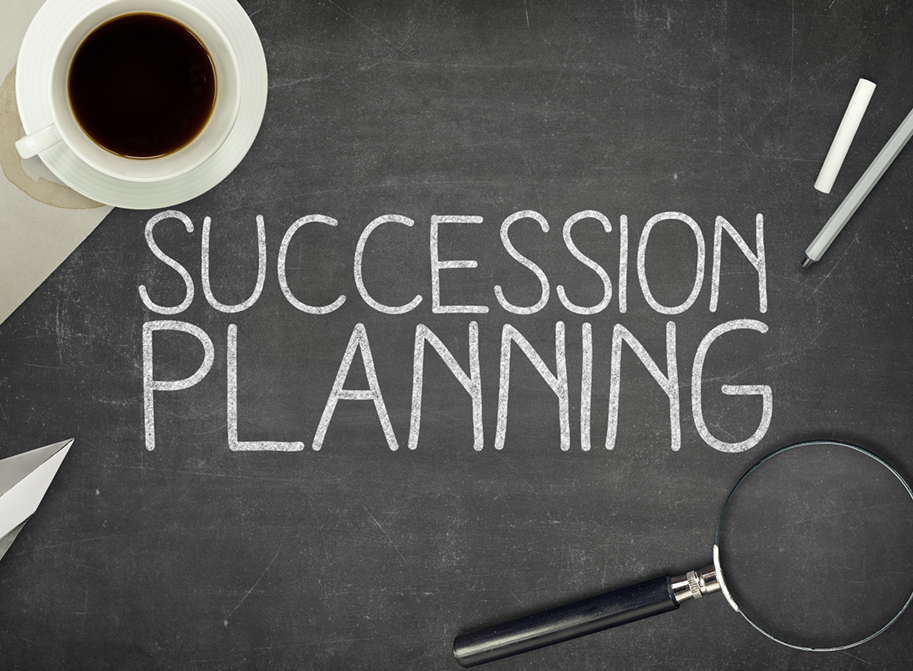
If your institution is experiencing the effects of the Great Resignation, then strategic succession planning is a must. Our clients across the nation experience the challenges that come from the transition between the legacy employees and the younger generation moving into all positions of the organization. The key to a successful transition is to have a strategic succession plan for all positions in the institution.
Below are five strategic steps you can take to successfully transition successors into their new positions and keep legacy employees happy in their last months with your institution:
1. Choose Successors Wisely.
The first step before you even start the succession planning process is to choose the specific successors for each key position wisely. Start by asking these questions:
- Who is retiring in our organization within the 12-24 months? Make a list with name, title, department, approximate retirement date. Often, you will find out through casual conversations. You can also ask everyone the same question during the performance review: Where do you see yourself in the next 3-5 years?
- Are those retiring occupying leadership positions?
- Are other individuals in key positions throughout the institution who possess unique knowledge retiring?
- Add the following columns to your list: Immediate Successor (in case of an unexpected departure or death), and Strategic Successor (the planned successor). Enter the name of the potential successor on each column. It is acceptable to enter more than one employee who will fulfill only one of the functions the current employee is performing in their current role.
2. Update Job Descriptions.
Now that you have your list completed, it’s time to focus on job descriptions. The top benefits of establishing job descriptions are to:
- Establish accountability so each employee knows exactly what they’re responsible for.
- Clarify roles so everyone knows what others do in the company.
- Ensure jobs are classified properly based on federal and state labor laws.
- Include your organization’s core values as a best practice. Doing so prompts each employee to assess if their core values align with the organization’s.
3. Formalize Performance Review Process.
Now that you have job descriptions established, it’s time to hold employees accountable to perform the jobs you hired them to do. Your employees deserve to know how they’re doing and their potential career opportunities within your company.
The performance review process starts with an employee self-evaluation to assess how they feel they performed their job in the past year, what training they received and what they want to learn in the upcoming year, what other areas they may be interested in learning about, and where they see opportunities to improve. Providing employees’ input to managers help them to write a meaningful performance review.
Lastly, as a best practice, have the “money conversation” separately from the actual performance review meeting. This takes away the anxiety of the employee wanting the manager to “get to the raise, please.” Both parties can then focus on truly evaluating the employee’s performance and planning for their future with the company.
4. Establish Clear Accountabilities and Expectations.
The next step is to establish clear accountabilities for both the person leaving and the designated successor. Create milestones during the time they work on the formal transition of duties. Depending on the position, the transition should start anywhere from 3 months before departure to two years before the person retires such as in the case of the President or CEO.
The person leaving or retiring is accountable to transition all the duties that are unique to the position and that only that person knows. The successor is accountable to learn and put into practice the new responsibilities within a specific timeframe. In the case of a CFO position, for example, where there are tasks that are only done quarterly, you need more time to ensure the successor has enough opportunities to practice. Of course, you should also have other backups to assist the successor with the new duties after the employee retiring leaves.
If you are promoting from within, then you also need to create a succession plan for the employee moving into the new role who’s position is now vacant.
5. Implement Mentoring Program.
There is another aspect of the succession planning that is extremely important too: Mentoring the successor. For example, if an experienced Ag lender is retiring, it is important to mentor the successor on how to deal with the various customers’ loans as well as their individual relationships. The retiring employee must transfer the “knowledge of the customer relationship” to the successor in the best way possible, so your customers have a seamless transition.
Successors can have more than one mentor in their new role. For example, if a successor is transitioning to the Director of IT or CIO type position, the successor may need a technology mentor and a leadership mentor depending on the person’s leadership experience.
If you want a successful transition and positive experience for both the person leaving and the successor, then strategic succession planning is a must. Going through these steps above will ensure you have a good base to start from. I hope these ideas help you in your succession planning journey for your organization.








